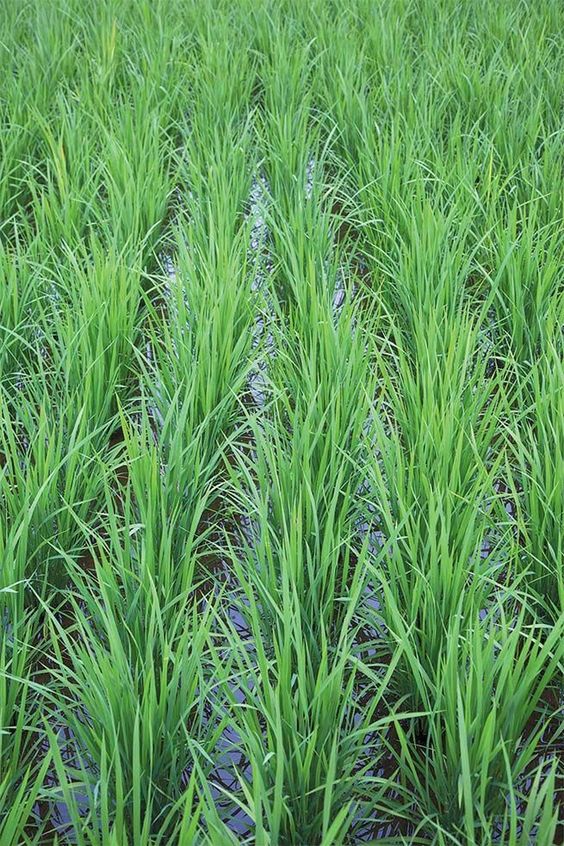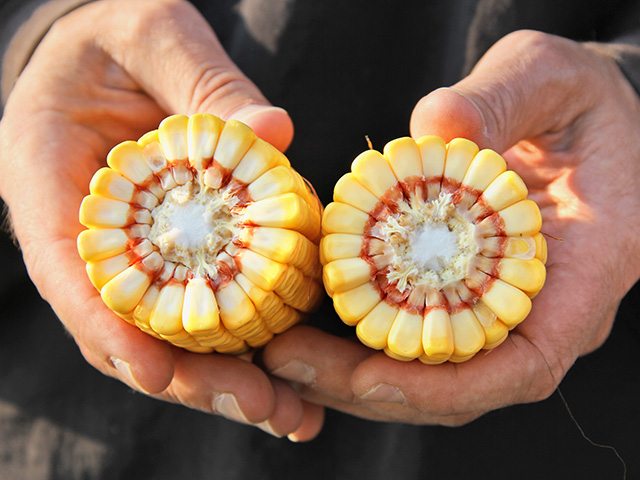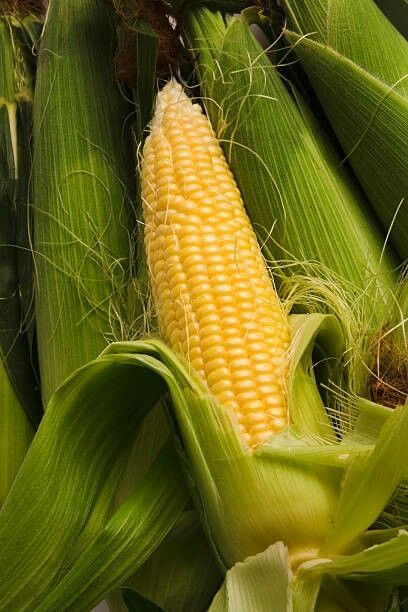Revolutionizing Farms: How Agricultural Management Systems are Shaping Smart Agriculture
Agricultural Management Systems sector is undergoing a significant transformation, driven by technological advancements and a growing need for efficiency and sustainability. Smart agriculture, a concept that integrates information and communication technologies (ICT) into farming practices, is at the forefront of this change. Within this ecosystem, agricultural management systems (AMS) play a crucial role in empowering farmers with data-driven decision-making capabilities.
An agricultural management system (AMS) is a software application or a suite of tools designed to streamline and optimize farm operations. AMS acts as a central hub, collecting and analyzing data from various sources across the farm, including weather stations, soil sensors, and farm machinery. This data can encompass everything from crop health and yield to resource usage and financial performance.
Benefits of Agricultural Management Systems
The integration of AMS into smart agriculture practices offers a multitude of benefits for farmers:
-
Enhanced Decision-Making: By providing real-time data and insights, AMS empowers farmers to make informed decisions about various aspects of their operations. This can include optimizing irrigation schedules based on soil moisture levels, applying fertilizers and pesticides more precisely, and selecting the best planting times based on weather forecasts.
-
Improved Resource Management: AMS enables farmers to track and manage resources more effectively. This includes monitoring fuel consumption by farm machinery, optimizing fertilizer and water usage, and streamlining inventory management for seeds, pesticides, and other agricultural supplies.
-
Increased Efficiency and Productivity: Through data-driven insights, AMS helps farmers identify areas for improvement and implement more efficient practices. This can lead to increased yields, reduced operational costs, and improved overall farm productivity.
-
Sustainability and Environmental Benefits: By promoting resource optimization and precision agriculture techniques, AMS can contribute to more sustainable farming practices. This includes minimizing water waste, reducing fertilizer runoff, and promoting soil health.
-
Improved Risk Management: AMS can assist farmers in identifying potential risks associated with weather patterns, disease outbreaks, or market fluctuations. This allows them to take proactive measures to mitigate these risks and minimize potential losses.
Components of a Typical Agricultural Management System
While specific functionalities may vary depending on the provider and chosen package, a typical AMS often includes the following components:
- Data Acquisition: The system gathers data from various sources, including weather stations, soil sensors, farm machinery, and manual data entry by farmers.
- Data Management: The collected data is stored securely in the cloud and undergoes organization and cleansing to ensure accuracy and usability.
- Data Analysis: Advanced analytics tools are used to extract meaningful insights from the collected data. This may involve identifying trends, correlations, and patterns.
- Visualization Tools: The system presents data and insights in a user-friendly format, often through dashboards and reports with charts and graphs.
- Mobile App Integration: Many AMS providers offer mobile applications that allow farmers to access and manage their data remotely, providing greater flexibility and convenience.
Considerations for Choosing an Agricultural Management System
Agricultural Management Systems,With a growing number of AMS options available, selecting the right system for a particular farm operation requires careful consideration. Here are some key factors to consider:
- Farm Size and Type: The needs of a small family farm will differ from those of a large-scale commercial operation. Choose an AMS that caters to the specific needs and scale of your farm.
- Features and Functionality: Evaluate the features offered by different AMS providers and ensure the system includes the functionalities most relevant to your farming practices.
- Ease of Use: The user interface of the AMS should be user-friendly and intuitive, allowing farmers of all technical backgrounds to easily navigate and utilize the system.
- Integration with Existing Equipment: Ensure the AMS can integrate seamlessly with existing farm equipment and sensors to avoid compatibility issues.
- Cost and Scalability: Consider the upfront cost of the AMS, as well as ongoing subscription fees. Choose a system that is scalable and can accommodate your farm’s growth over time.
The Future of Agricultural Management Systems
The future of agricultural management systems is bright, with continuous advancements in technology paving the way for even more sophisticated functionalities. Here are some potential areas of development:
- Integration with Artificial Intelligence (AI): AI-powered AMS will be able to learn from historical data and farm patterns, providing farmers with predictive insights and automated recommendations.
- Advanced Data Analytics Agricultural Management Systems: Next-generation AMS will utilize advanced data analytics techniques to provide even deeper insights into farm operations, enabling further optimization and resource management.
- Connectivity and Automation: Enhanced connectivity with the Internet of Things (IoT) will allow for greater automation of farm tasks, such as irrigation and fertilizer application.
Conclusion: A Promising Path Forward Agricultural Management Systems
Agricultural management systems are a cornerstone of smart agriculture. By providing farmers with the tools they need to collect, analyze, and leverage data, AMS empowers them to optimize their operations, improve sustainability, and navigate the challenges of the modern agricultural landscape. As more farmers embrace this technology, we can look forward to a future of increased food security, efficient resource management, and a thriving agricultural sector.
This article provides a high-level overview of AMS. For specific details and functionalities offered by different vendors, further research is recommended.




